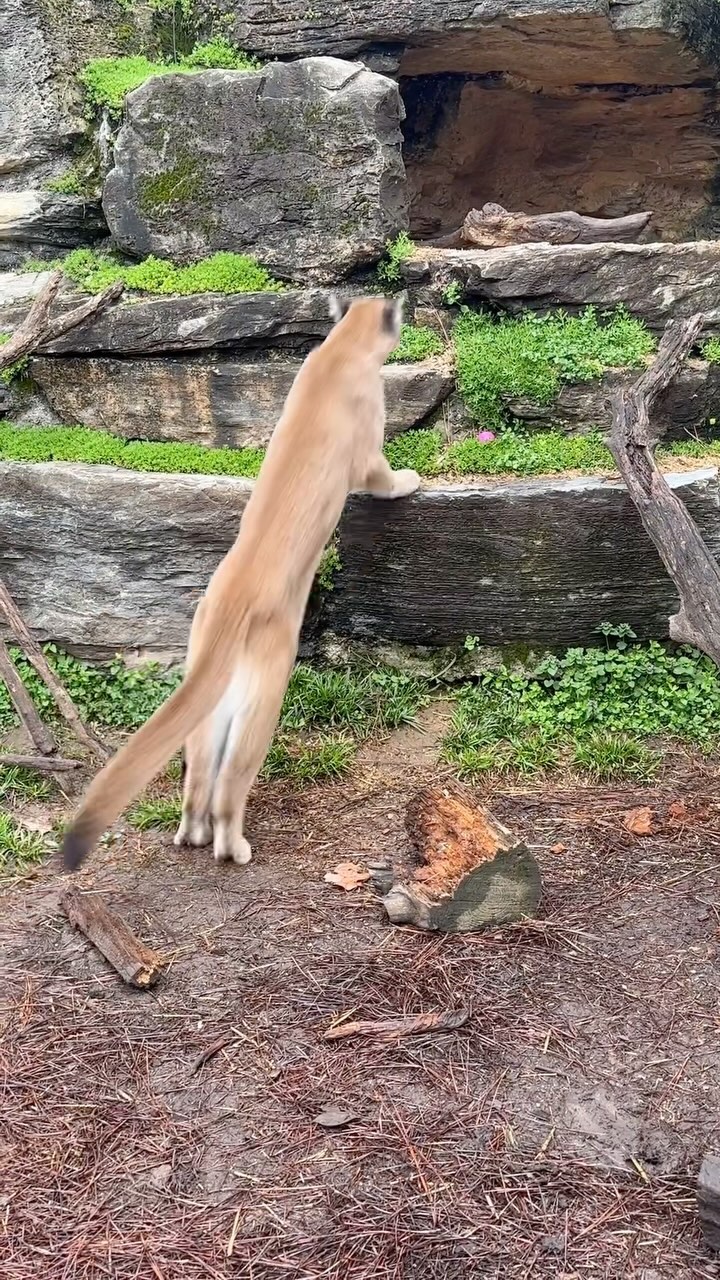– An Easter Egg Hunt for animals as a novel enrichment activity at zoos and wildlife parks.
– The importance of enrichment activities for the physical and mental well-being of zoo animals.
– How different species engage with hidden treats and ‘easter eggs’ based on their natural behaviors and sensory abilities.
– The role of zookeepers and animal caretakers in creating species-appropriate Easter egg hunts.
– Conservation efforts that can be highlighted through themed events like an Easter Egg Hunt for the animals.
—
The Easter holiday is often associated with the traditional Easter egg hunt, where children search for hidden eggs filled with treats. But what if we extended this festive game to the animal kingdom? An Easter egg hunt for animals is more than just a whimsical concept—zoos and wildlife parks are implementing it as an engaging enrichment activity. This unique spin on the classic game allows animals to showcase their instinctual behaviors while ensuring environmental enrichment.
Enrichment activities are essential for animals’ mental and physical health in captive settings. They stimulate natural behaviors, reduce stress, and enhance overall well-being. An animal-oriented Easter egg hunt can be creatively adapted to suit different species, accounting for their sensory abilities, skill, and instincts.
Zookeepers and animal caretakers are pivotal in designing these Easter egg hunts. For instance, for primates known for their problem-solving skills, such as chimpanzees, caretakers might hide food treats within puzzle toys or place them in challenging locations that require tool use—a behavior chimps also exhibit in the wild.
Carnivores like tigers and lions experience the hunt through scent trails leading to hidden meaty rewards, simulating prey tracking. This activity sparks their predatory instincts and provides physical exertion, crucial for these powerful animals.
Herbivores, including elephants and giraffes, could find their favorite fruits or vegetation concealed within feeding devices that mimic foraging patterns. These devices often require manipulation with trunks or tongues, ensuring the animals utilize their natural feeding strategies.
Bird species aren’t left out of the festivities. Avian-focused Easter egg hunts might involve brightly colored, treat-filled eggs hung from trees or scattered on the ground, promoting natural foraging behaviors. This is particularly engaging for highly intelligent birds such as crows and parrots.
Like otters and seals, aquatic animals participate in diving challenges where fish are frozen within ice eggs. This unique approach incites natural hunting behaviors as these animals navigate their watery enclosures to retrieve the embedded rewards.
Small mammals like meerkats and raccoons would find their treats hidden in logs or under rocks, calling on their natural digging and foraging instincts to uncover the tasty morsels.
An Easter egg hunt for animals enriches their daily lives and serves as a platform to educate the public on species-specific behaviors and conservation efforts. Observing animals as they engage in these activities can be a captivating experience for visitors, who gain insight into the instincts and intelligence of these incredible creatures.
Moreover, these events highlight the dedication of zookeepers who go to great lengths to provide care. Effectively creating these enrichment programs requires an in-depth understanding of animal behavior and needs. The planning and executing such activities also ensure that animals receive mental stimulation crucial for their overall welfare.
Furthermore, Easter egg hunts for animals can have a broader impact by incorporating conservation messages about the natural habitats and threats these species face in the wild. It can foster a connection between the public and wildlife, potentially inspiring support for conservation initiatives.
Events like an Easter egg hunt for the animals demonstrate the harmony between education and entertainment. It shows that through thoughtful and inventive care, zoos and wildlife parks can offer visitors a glimpse into the worlds of these animals, emphasizing the intricate web of life that connects us all.
In an age where wildlife conservation is more critical than ever, creating engaging, educational, and species-appropriate activities can bridge humans and animals, fostering empathy and respect for all creatures. An Easter egg hunt for animals symbolizes how caretakers continually find dynamic ways to enrich the lives of those in their care while enlightening the public about the profound link between human action and the survival of the animal kingdom.
In celebrating the festivities and indulging in the thrill of the hunt—whether chocolate eggs for children or enrichment treats for animals—we remember the importance of all species and the interdependence of life on Earth. So, the next time you enjoy the fun of an Easter egg hunt, consider how such joyful activities can be adapted to embrace the diversity of the animal world— perhaps even your favorite animal was featured!
*****
Source Description
An Easter Egg Hunt for the animals! Was your favorite animal featured?
class=”instagram-media” data-instgrm-permalink=”https://www.instagram.com/reel/C5MMm_aP9_s/” data-instgrm-version=”14″ style=” background: border:0; border-radius:3px; box-shadow:0 0 1px 0 rgba(0,0,0,0.5),0 1px 10px 0 rgba(0,0,0,0.15); margin: 1px; max-width:540px; min-width:326px; padding:0; width:99.375%; width:-webkit-calc(100% – 2px); width:calc(100% – 2px);”>


